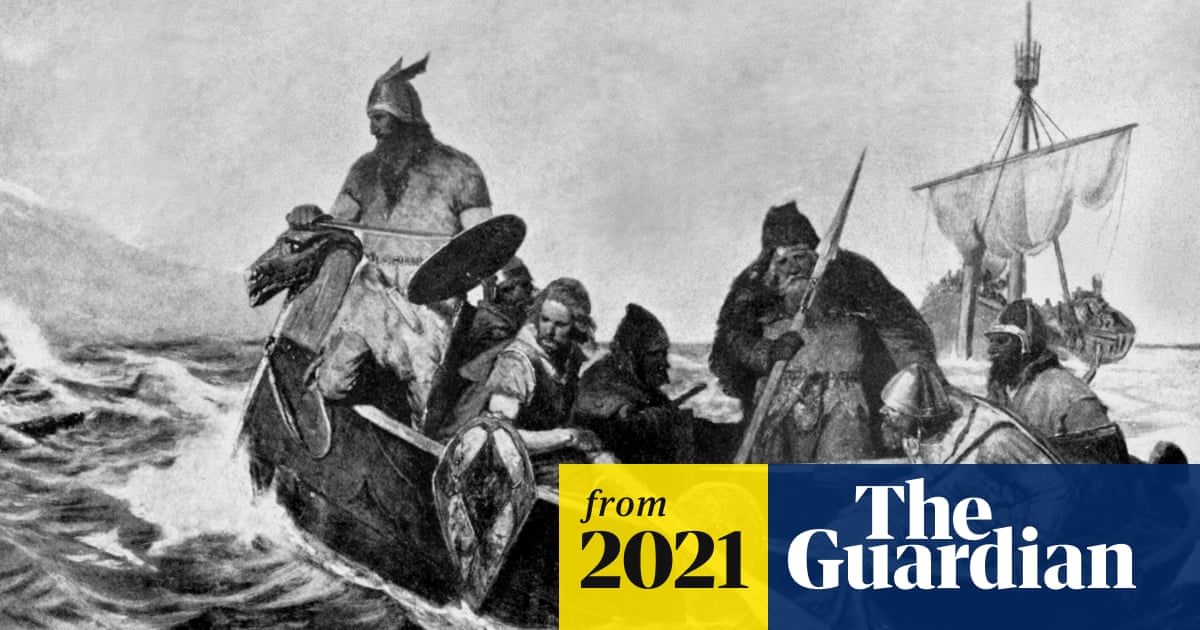Yep
I stand corrected about emergency reason
Most people assume this is to remain as close as possible to land in case of an emergency — i.e. keeping close to airports in case a diversion is needed. In fact has nothing to do with emergencies. It’s simply the shortest distance.
Between continents, airplanes follow what are called “great circle” routes, accounting for the earth’s curvature. These routes won’t make sense if you’re looking at a traditional flat map, because when the earth is crushed from its natural round state into a horizontal one, it becomes distorted as the divisions of latitude and longitude stretch apart. (Depending on the layout used — what cartographers call “projection” — the distortion can be grotesque. Kids grow up believing that Greenland is about ten times larger than it really is, thanks to the preposterous polar dimensions of the commonly used Mercator projection.) If you have a globe handy, however, the logic of great circles is very apparent. Measuring with a piece of string, it’s obvious that the shortest distance between New York and Hong Kong, for instance, is not westerly, as it would seem on a map, but pretty much straight north, up into the Arctic, and then straight south. Over the top, in other words.
That’s the extreme, but the principle applies to many long-range pairings, and this is why passengers between America and Europe discover themselves not just high up, but high up — over Newfoundland, Labrador and occasionally into the icy realm of Greenland. Across the Pacific, same idea: a flight from Los Angeles to Beijing will touch the Aleutian Islands and the easternmost portions of Russia.
Ask the pilot.com

 www.theguardian.com
www.theguardian.com

